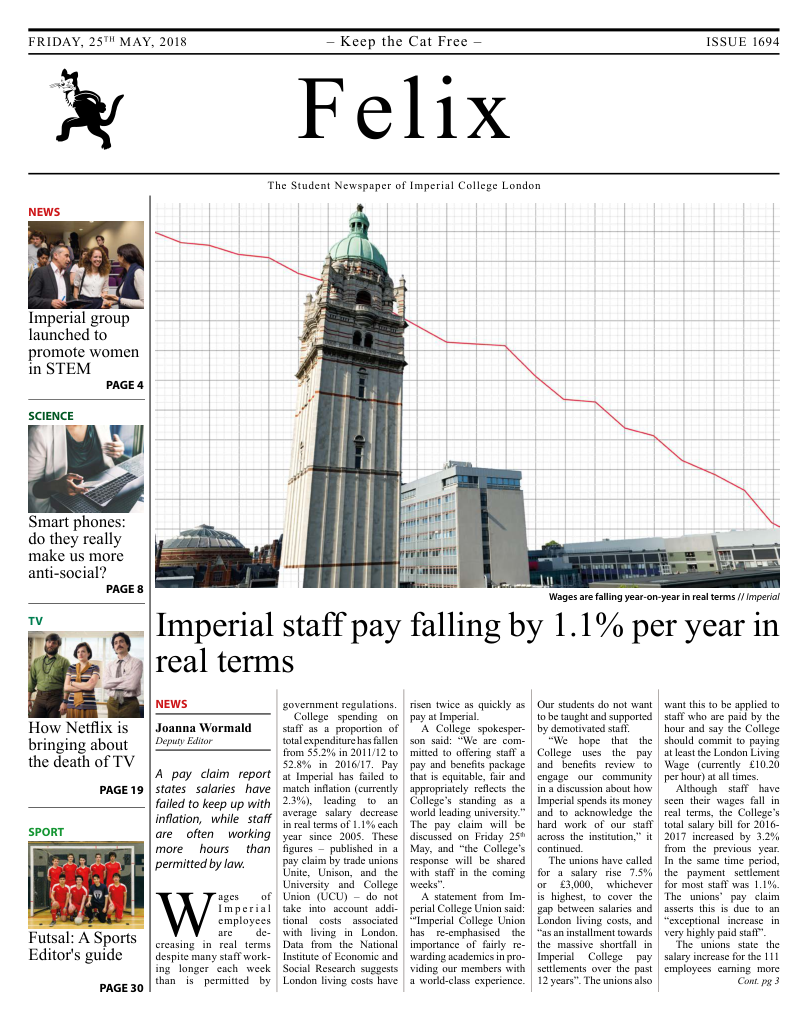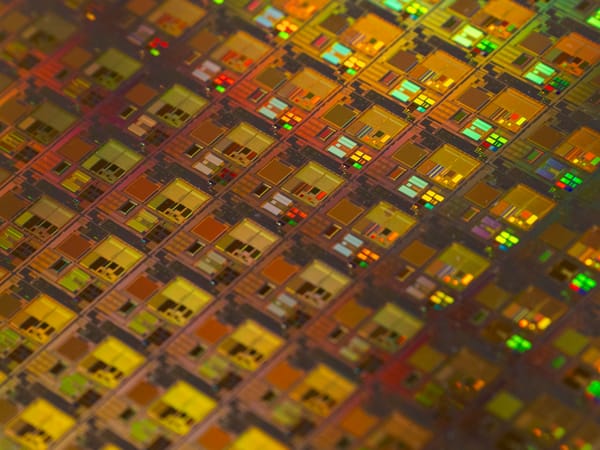Solar cells absorb 20% more light with nanoscale coating
The efficiency of solar cells has received a big boost from a tiny source.

Researchers at the National Institute of Standards and Technology (NIST) have developed a nanoscale coating for solar cells. These are made of thousands of glass beads of sulphur dioxide, each no larger than one-hundredth of the width of a human hair.
The coating creates an optical ‘whispering gallery’ effect around each solar cell. Acoustic whispering galleries are curved structures, whereby a person at one end of a wall can hear a faint noise from any part of the wall. When light hits the beads, the waves travel around its entire shape, in the same way that sound waves travel around a curved wall. This traps the light, and so creates a more concentrated light source. The light then seeps out to be absorbed by a solar cell composed of gallium arsenide.
“Results indicated that coated solar cells absorbed 20% more light and produced 20% more current”
Results indicated that coated solar cells absorbed 20% more light and produced 20% more current than uncoated cells. As a laser was used as a light source, it is still yet to be seen whether the same results can be produced outside of the lab in solar panels. Nevertheless, this is a crucial step for renewable energy technology.
The development is even more impressive considering that the researchers have prepared the technology for mass production. Previous methods of applying coating to solar cells involved incredibly high temperatures, making the process expensive. Typical methods are also time-consuming as both sides of the solar cell are coated when only one is necessary. The new method involves applying the nanoscale coating to only one side of the cell. A wire-wound metal rod is then pulled across the cell, so that the coating becomes spread out, and so the tiny glass beads are more tightly packed. This can take place at room temperature, lowering production costs considerably. This development helps pave the way for high-efficiency and low-cost solar cells.








